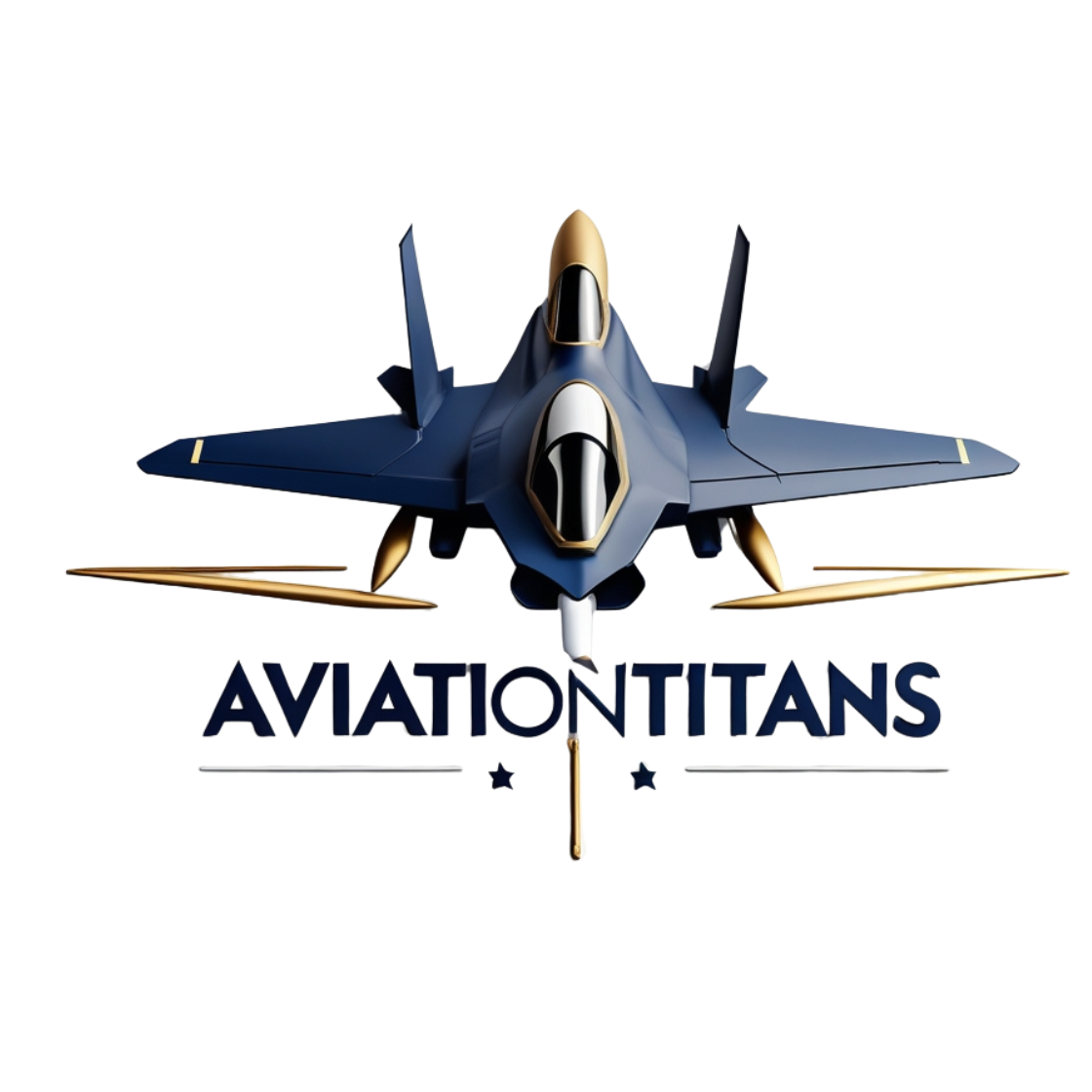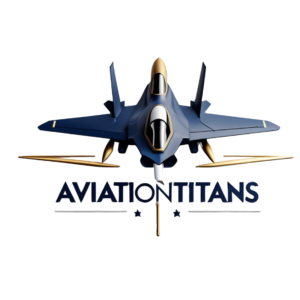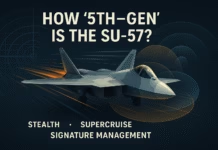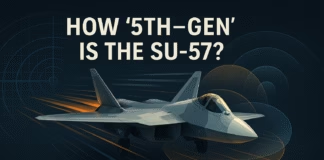Sixth-generation fighter jets are no longer just concept art—they’re hardening into programs, contracts, and flight demos that will shape U.S. airpower through the 2030s. The U.S. Air Force’s Next Generation Air Dominance (NGAD) effort moved into engineering and manufacturing development in 2025, with Boeing selected to build the F-47 as the centerpiece of a broader, networked “family of systems.” For official context, see the Air Force announcement and DoD overview, both of which confirm NGAD’s role as a connected ecosystem of a crewed stealth fighter plus autonomous wingmen and other enablers (Air Force and DoD). U.S. Air ForceU.S. Department of Defense If you’re new to our site, start exploring our military deep dives here: Aircraft: Military Aircraft and future concepts here: Experimental & Future Aircraft.
Below are ten capabilities that U.S. readers most often search for when asking “what makes a 6th-gen fighter?”—with clear, trustworthy sources and practical reading paths.
1) Crewed-Uncrewed Teaming with Collaborative Combat Aircraft (CCA)
The signature leap is teaming a stealth crewed fighter with autonomous wingmen to create mass, survivability, and flexibility. AFRL’s Skyborg laid much of the groundwork for autonomy cores and mission management; review the program background direct from AFRL, plus early flight test milestones. Air Force Research LaboratoryAFRL Fielded examples of “loyal wingmen” include the Kratos XQ-58A Valkyrie and Boeing’s MQ-28 program; read the manufacturer fact pages and see how CCA concepts scale from testbeds to deployable mass. Air Force Research LaboratoryKratos DefenseBoeing For more context across teaming tech, browse our Military Aircraft hub.
2) Combat-Ready AI and Human-Machine Collaboration
DARPA’s Air Combat Evolution (ACE) has already flown live within-visual-range trials where AI flew against a human-piloted F-16/X-62A, moving beyond lab sims to real dogfights. Read the program page and the 2024 flight-test announcement to understand why trust in autonomy is now a testable requirement, not a buzzword. DARPA+1 Our training section explains how pilots can rehearse manned-unmanned tactics in desktop or full-motion sims: Training: Simulator Technology.
3) Adaptive-Cycle Engines for Range, Thrust, and Thermal Headroom
6th-gen powerplants must deliver longer range, higher thrust-to-weight, and significant thermal management for sensors and future directed-energy systems. GE Aerospace’s XA100 is the headline example of a three-stream adaptive-cycle architecture; read the official technical overview. GE Aerospace Pratt & Whitney details its next-gen adaptive propulsion work (XA103) aimed at future air dominance platforms; see the company’s military engines page for program status. Pratt & Whitney We track propulsion news in our Experimental & Future Aircraft section.
4) Stealth, Signature Management, and “Silent” Sensor Posture
Low-observable shaping isn’t new, but 6th-gen designs pair broader-band signature control with IR signature reduction, better materials, flush apertures, and low-probability-of-intercept/low-probability-of-detection (LPI/LPD) tactics. The aim: see first, shoot first, survive first—while also managing emissions for the larger “kill web.” For how the Air Force manages the broader fighter portfolio (including NGAD FoS), see the Fighters & Advanced Aircraft Directorate page. AFLCMC
5) Open Systems and Rapid Upgradability
A sixth-generation jet must be an upgradable node, not a closed product. Open mission systems and modular software pipelines let the services spiral in new sensors, jammers, and autonomy “apps” without waiting for full redesigns. This upgradability ethos appears across NGAD program material (and is a top takeaway in the Congressional Research Service brief). Congress.gov Want a primer on how open architectures show up in the cockpit and maintenance hangar? See our explainer series in Military Aircraft.
6) Massive Sensor Fusion and Edge Computing
6th-gen jets merge radar, IRST, EW receivers, offboard sensor feeds, and CCA inputs into one tactical picture. That fused view is pushed to the pilot and simultaneously shared across the formation at machine speed. DoD’s 2025 air superiority brief underscores this NGAD “family of systems” design philosophy—where the fighter is a battle manager as much as a trigger-puller. U.S. Department of Defense
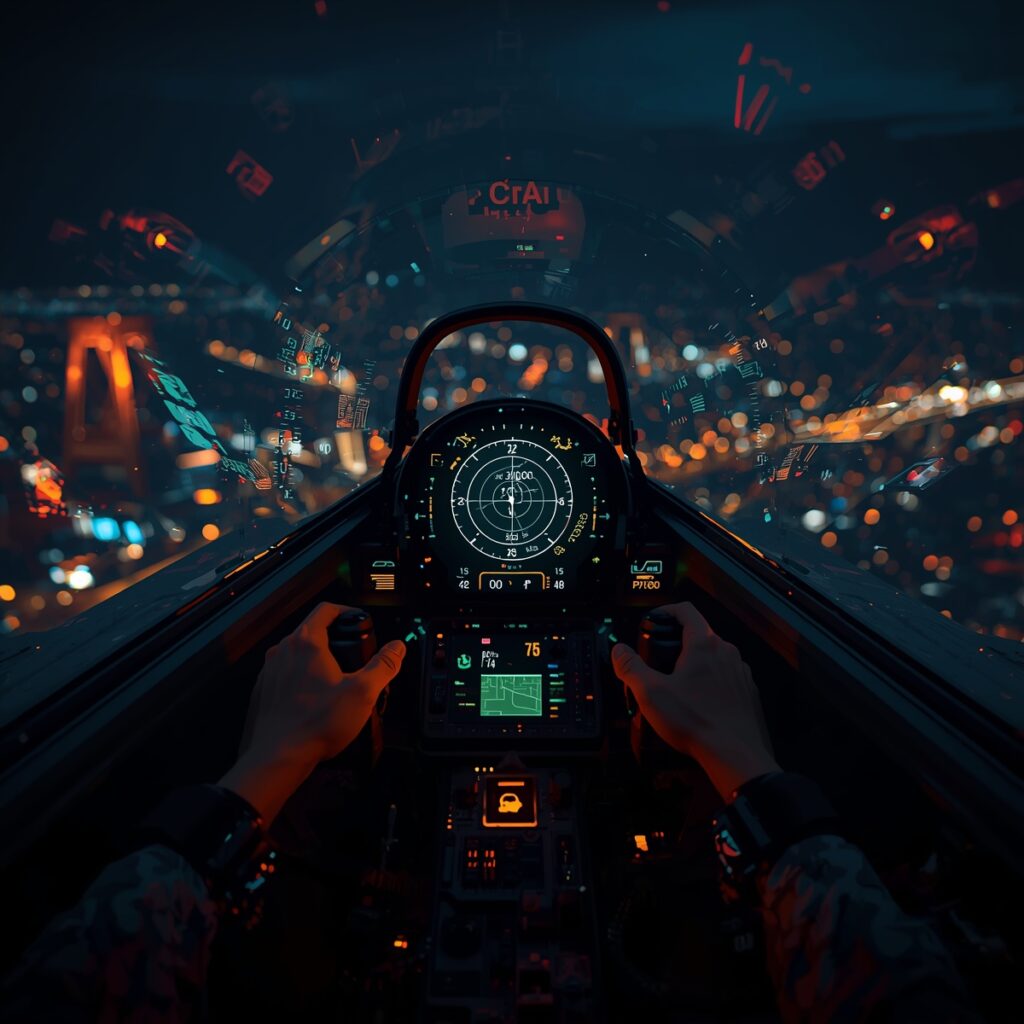
7) Electronic Warfare at the Core, Not the Edge
Expect digital RF memory jamming, agile apertures, cyber-hardening, and “silent” kill-chains that emphasize deception and denial over brute force emissions. Because EW is classified by nature, your best public windows are official program communiqués and manufacturer pages for the airframe and CCA companions (Boeing MQ-28, Kratos XQ-58A). BoeingAir Force Research Laboratory
8) Long-Range Weapons, Hypersonic Compatibility, and Cooperative Engagement
A sixth-generation fighter must carry longer-reach AAMs, standoff strike, and potentially hypersonic or air-launched effects—often cued by offboard sensors from the CCAs. Reuters’ program overview situates F-47 within the USAF’s broader fighter mix and timeline into the 2030s. Reuters For U.S. readers comparing platforms, see our Military Aircraft comparisons.
9) Human-Systems Integration: From Cognitive Aids to Next-Gen Helmets
The pilot becomes a mission commander integrating CCAs, sensors, and shooters. Expect helmet-mounted cueing with wider fields of regard, AI-assisted task triage, and voice/gesture inputs that keep hands on throttle and stick. DARPA’s ACE work again matters here, because it isn’t about replacing pilots—it’s about building trust so pilots offload narrow tasks and focus on winning the larger fight. DARPA Check our Pilot Career Advice for how human-machine teaming changes aircrew training goals.
10) Digital Engineering, Sustainment, and Mission-Level “Kill Webs”
Digital twins and model-based systems engineering compress test cycles and allow software-first capability drops. The Air Force’s NGAD construct is explicitly a “family of systems,” where the crewed fighter, CCAs, and offboard sensors are fused into a resilient kill web rather than a single point solution. The official CRS and AFLCMC materials are the best public introductions to that approach. Congress.govAFLCMC
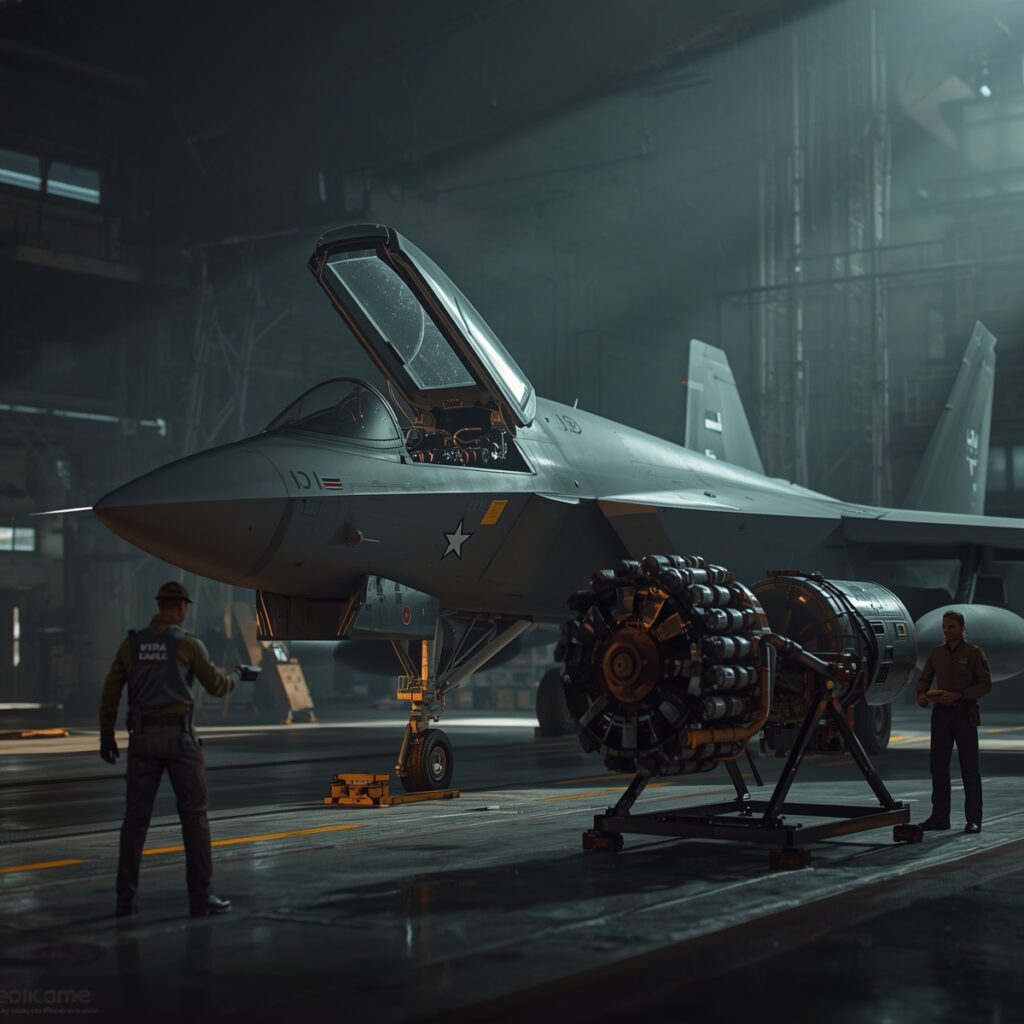
4How the U.S. Fits Among Global 6th-Gen Efforts
Allies are fielding parallel programs. The UK-Japan-Italy Global Combat Air Programme (GCAP) is now governed by a formal treaty structure and joint statements detailing industrial organization; read the latest official UK updates and parliamentary brief. GOV.UK+1House of Commons Library On the continent, Europe’s separate FCAS (France-Germany-Spain) aims at fully collaborative combat around 2040; Airbus’ program hub summarizes the system-of-systems focus. Airbus For ongoing coverage and comparisons, see our Experimental & Future Aircraft section.
